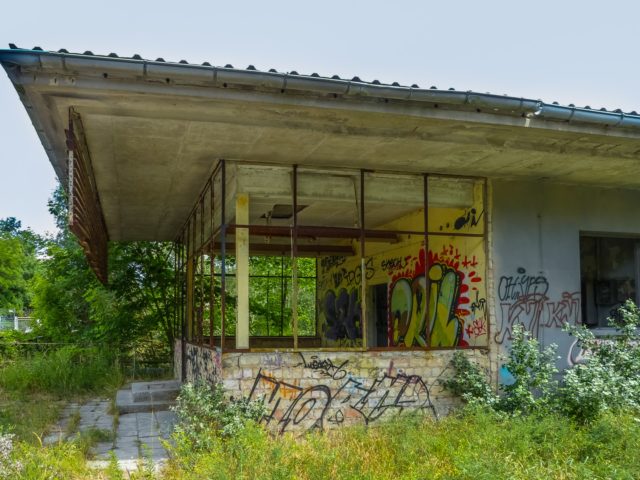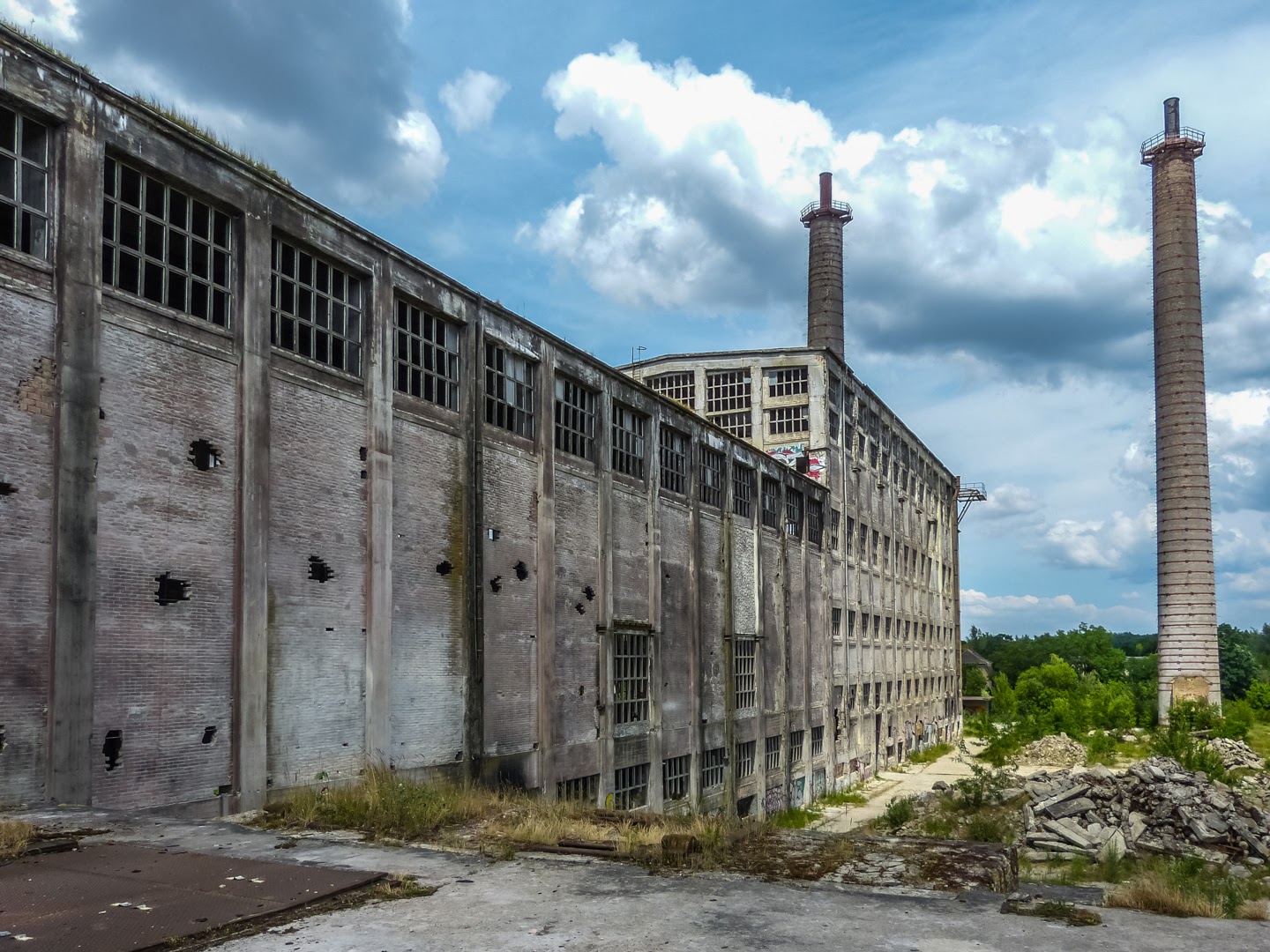The ruins of a 100-year-old German factory stand in Rüdersdorf, just a few kilometers from Berlin. In its lifetime, this site has been both a cement factory and a chemical plant famous for the production of Rükana animal feed and phosphates for agriculture.
In the first half of the 13th century, farmers in Rüdersdorf discovered large blocks of limestone here while plowing their land. At that time, almost everything was built from wood, but the limestone from Rüdersdorf became popular and demand for it began to increase.
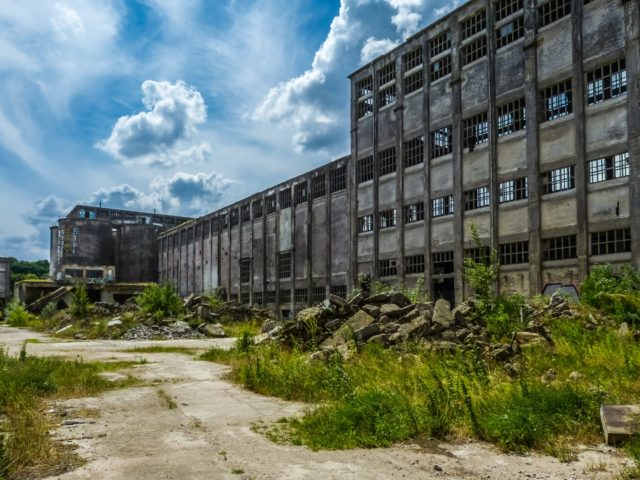
Around the second half of the 16th century, Rüdersdorf began mass production of quicklime in kilns. In the early 1700s, Berlin was developing rapidly, and it needed huge amounts of quicklime to expand the Berlin Palace as well as to build houses and military barracks.
The increasing demand for quicklime led to massive deforestation in the area needed for the kilns since around 75 cubic meters (2,649 cubic feet) of wood was required per kiln. When King Frederick II demanded a reduction in wood consumption, this led to the modernization of the kilns and the development of the Berliner Kachelofen tile oven.
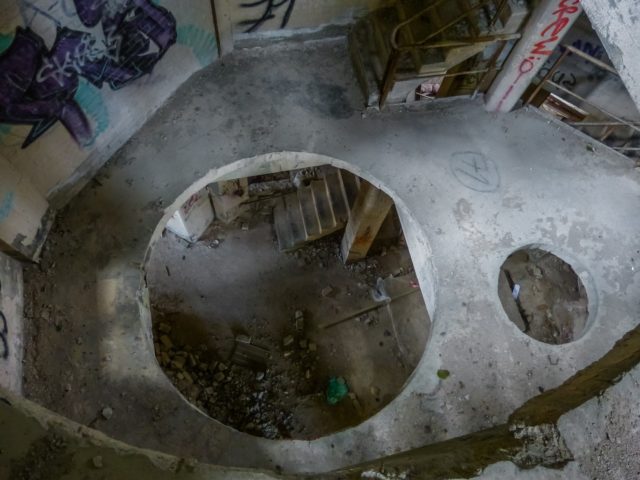
The tile oven was followed by another invention: a continuously burning kiln that was fired by peat and, later, coal. This new kiln, developed by the Count of Rumford, was officially adopted in Rüdersdorf in 1802, allowing the production of quicklime to reach 28,000 tons by 1871.
Because quicklime proved so popular, the produce of Rüdersdorf was in huge demand once again, leading to the opening of a cement plant in 1899 – the same one that stands abandoned today. This particular location was chosen because previous mining activities made the land unsuitable for any other use.
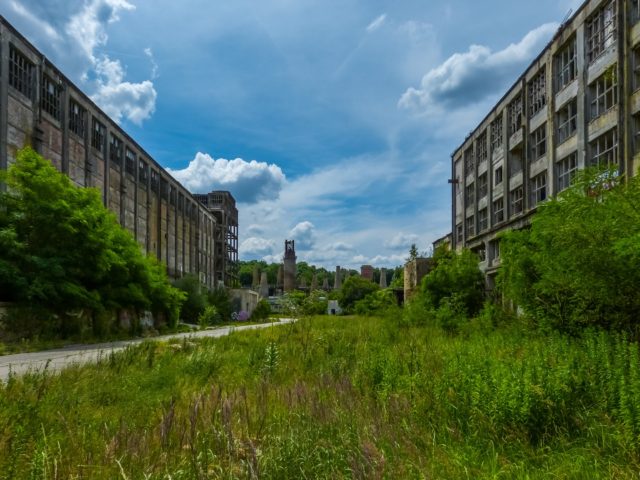
The factory was called “Rüdersdorf Portland Zementwerk” and was owned by CO Wegener, a company that also operated a brick factory and mined minerals. The cement plant in Rüdersdorf had modern kilns which operated until 1939 when the plant was acquired by the Prussian mining and metals company Preußag.
Preußag was founded in 1923 and consisted of several mines, smelters, salt factories, and amber factories. However, in 1933, the company was taken over by the Nazis, who boosted the company’s operations by ordering the construction of bomb shelters, fortresses, and other military installations.
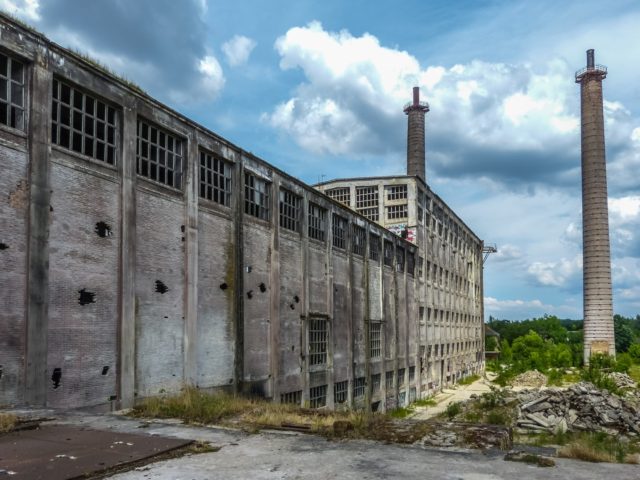
Under the Nazis, the plant continued producing cement until 1944 when it was adapted to produce chemicals. In particular, bauxite was produced, an essential element in the aluminum production process. The Nazis required a lot of aluminum for their military operations.
After the Second World War began, more than 2,000 prisoners of war worked at the plant and were forced to live in a nearby concentration camp. In May 1945, after the Soviet occupation, the existing prisoners were released while a new concentration camp was built in the factory grounds to house Soviet prisoners.
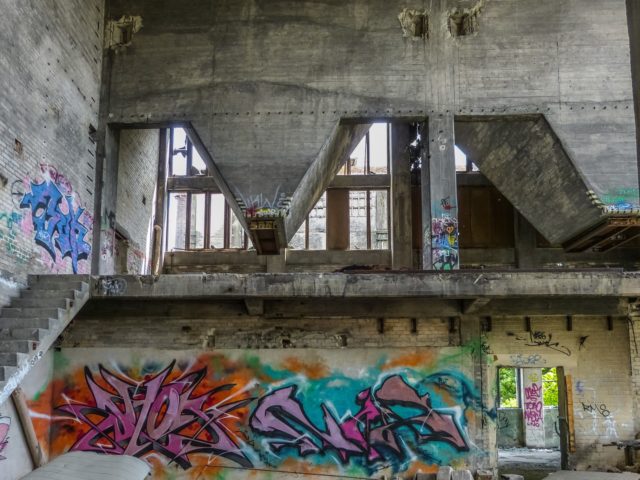
The prisoners were made to dismantle the plant, including the doors, windows, and gutters. All the materials were sent to the Soviet Union as war reparations except for the kilns. Most of the factory buildings that can still be seen today were built between 1940 and 1942.
By 1950, the Soviets had begun to repurpose the plant under the direction of a new enterprise called VEB Glühphosphatwerk Rüdersdorf. This new company produced magnesium phosphate, and by 1959, the factory was producing more than 21,000 tons.
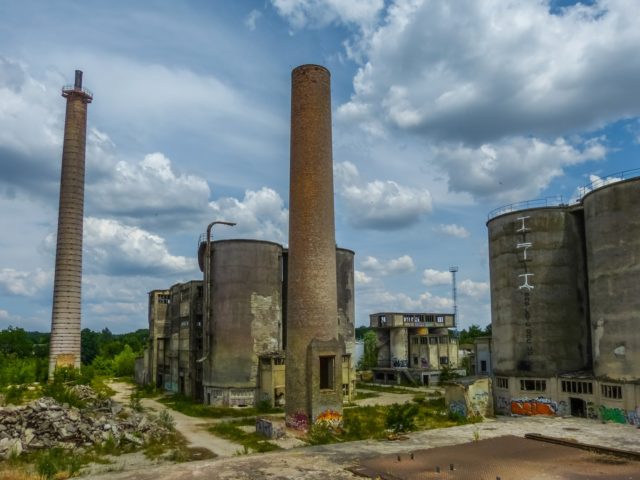
The plant was eventually transferred to the East German government in 1962. Two bigger kilns were added so that different phosphates could be produced for use in agricultural fertilizers and animal feed.
During this time, VEB Chemiewerk Rüsdorf became VEB Chemiewerk Coswig, then VEB Kombinat Agrochemie in 1979. With its new equipment, the plant began to produce high-quality feed phosphate which was sold under the Rükana brand. At its peak production, about 180,000 tons were manufactured.
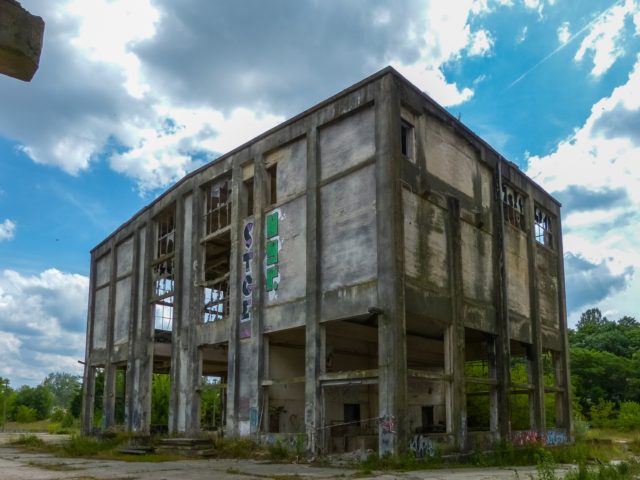
However, the factory was slowly ground into the ground, either deliberately so investors could concentrate on other investments or because business was not good. In any event, by 1999, the plant had stopped production altogether.
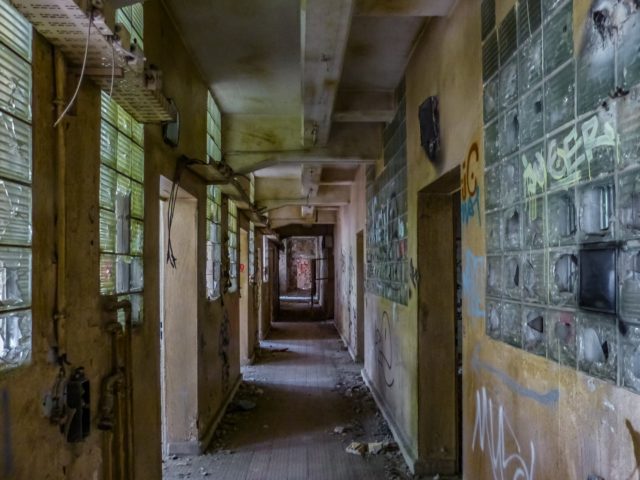
Sometime after the plant’s closure, it was discovered that the land and groundwater had been polluted by the chemicals used during the factory’s lifetime. These included nitric acid, sulfuric acid, and hydrochloric acid.
Even worse, it turned out that about 80 barrels of oil, holding about 100 liters (26 gallons) each, had been stored illegally at the plant, and the barrels had leaked.
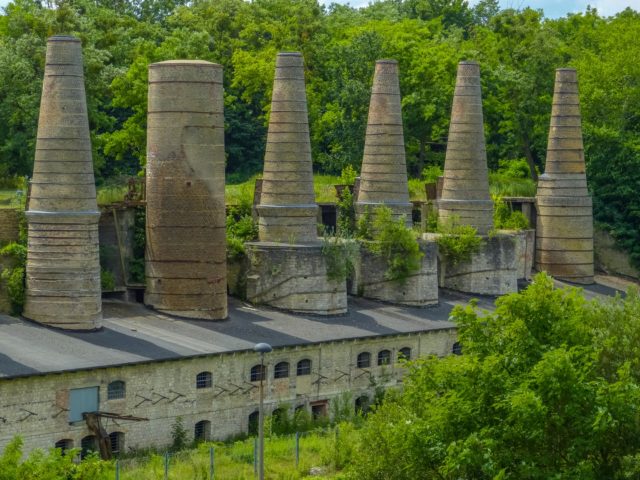
Today, this abandoned factory has begun to attract more and more visitors. There are no guards to keep trespassers out, the only deterrent being a perimeter fence lined with barbed wire. Where humans were banned, nature has now taken over, and the less toxic parts of the plant have become home to birds, frogs, and snakes.
Chemiewerk Rüsdorf, as it is often referred to today, is such a striking location that many film crews are drawn here. Movies such as Enemy at the Gates, The Monuments Men, and The Hunger Games were shot here, as well as scenes from the series Homeland. The German band Rammstein chose to shoot some music videos here as well.
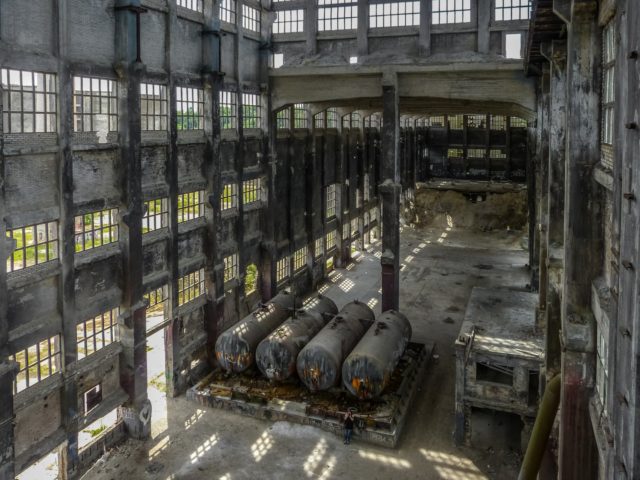
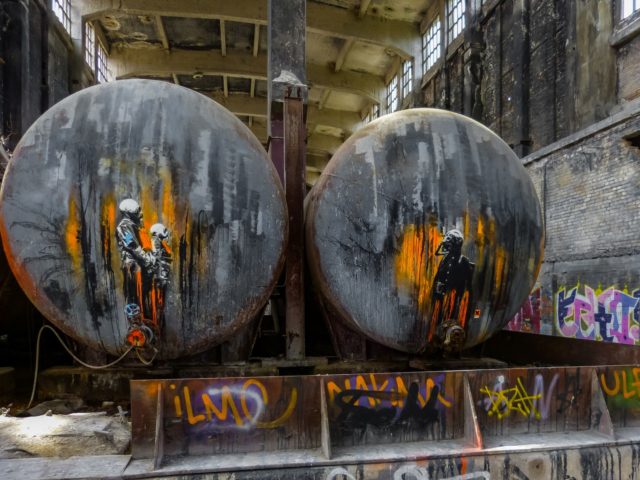
The plant is so large, sprawling, and in such a dangerous condition that visitors must be extremely careful when exploring. In addition, the area is sometimes patrolled by the police.
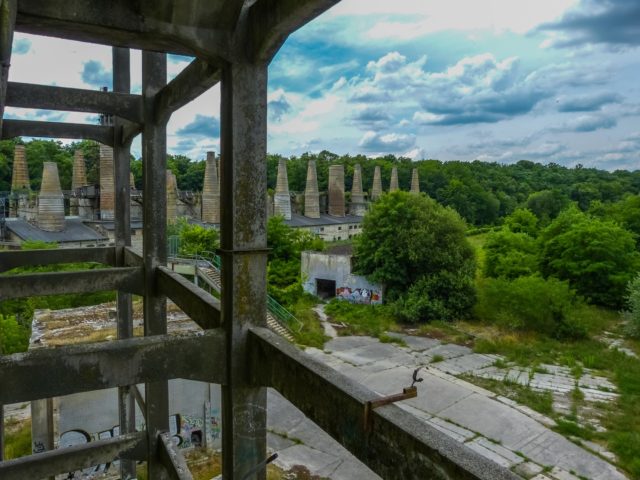
A big thank you to Thomas Wilhelm who managed to take such amazing shots of the abandoned German plant and allowed us to share them with our readers.
Thomas is passionate about photography and abandoned locations. On his website, named Lostplace Photography, he publishes many beautiful photographs and stories. Check it out for more abandoned places.
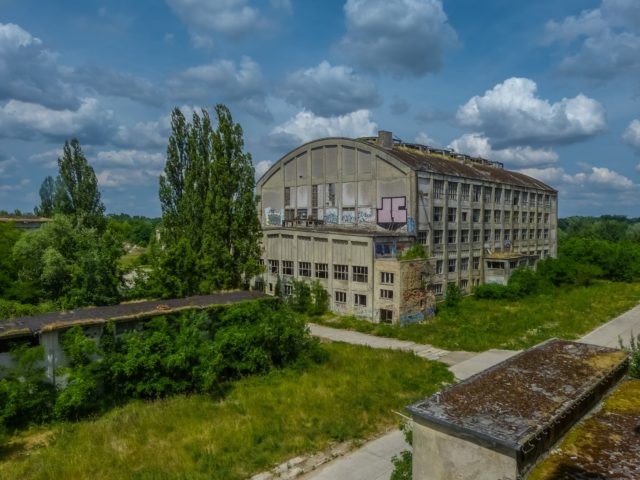
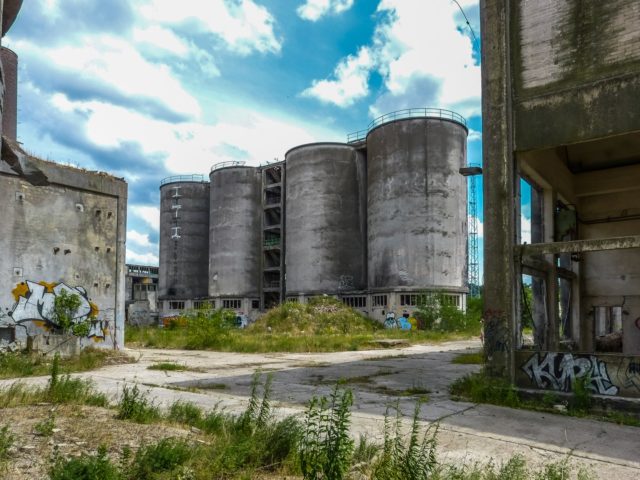
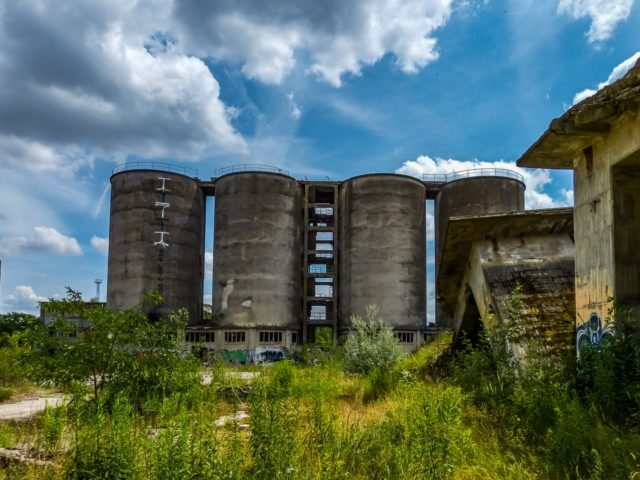
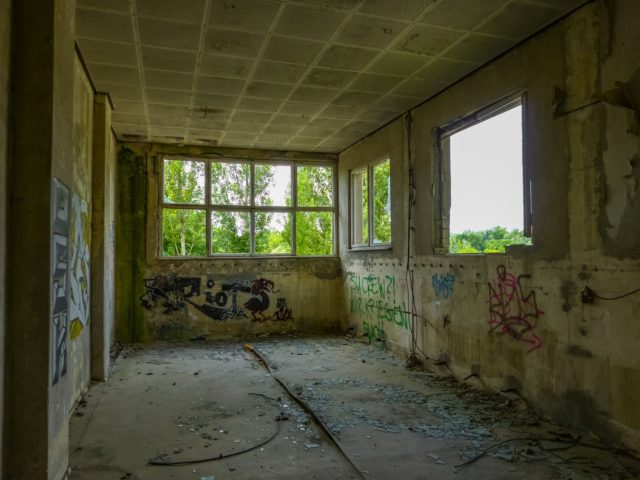
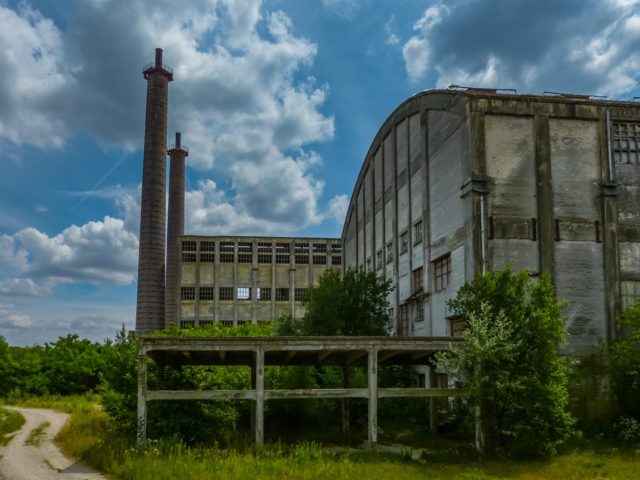
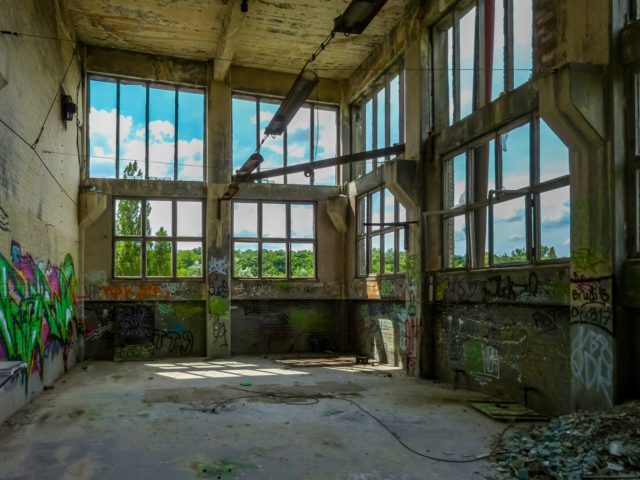
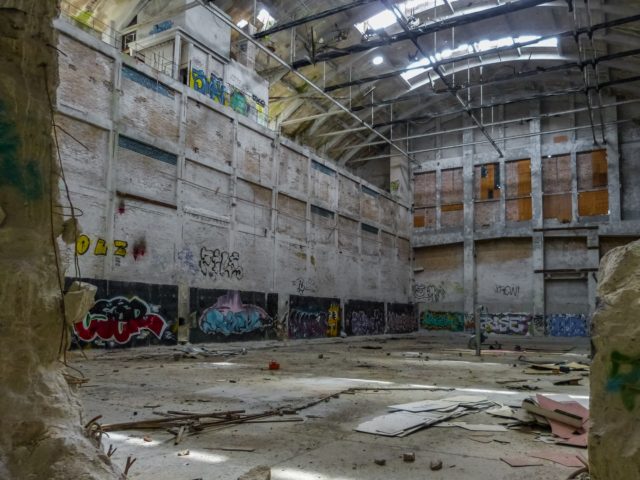
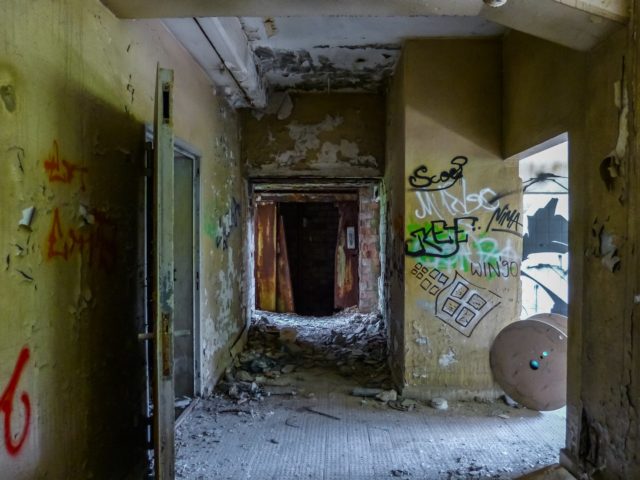
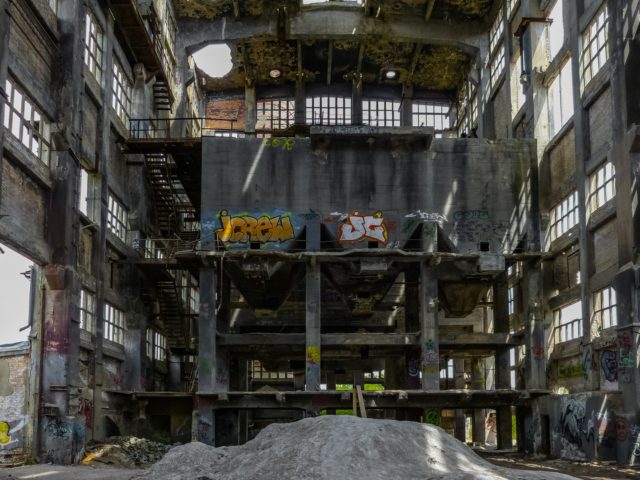
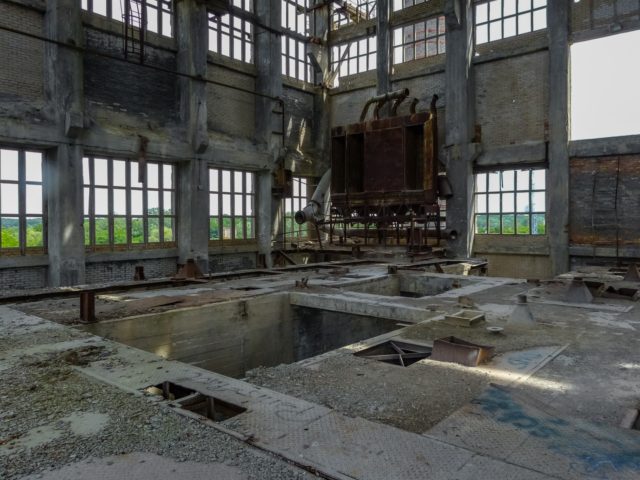
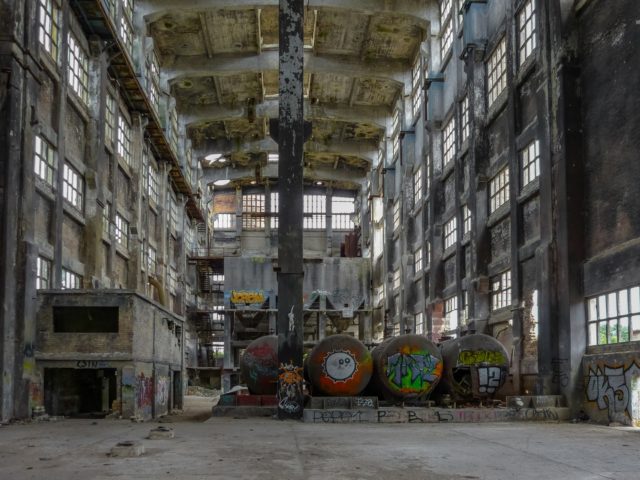
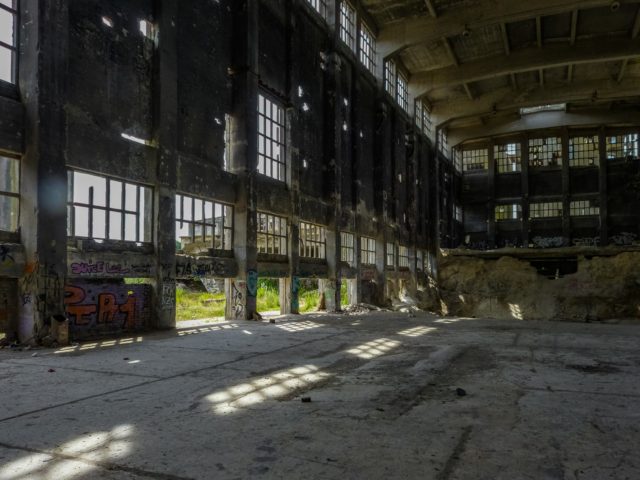
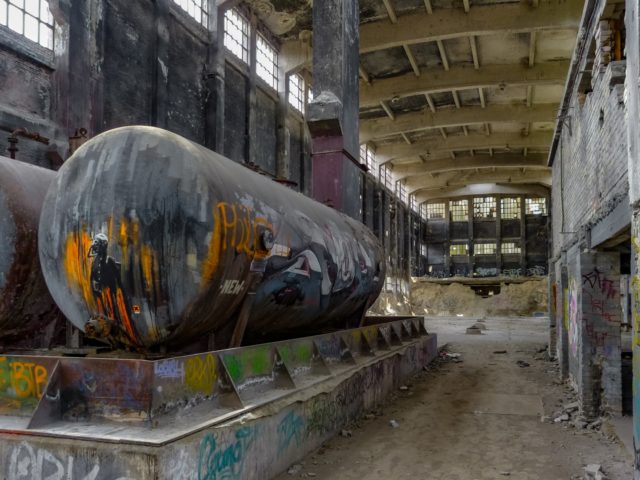
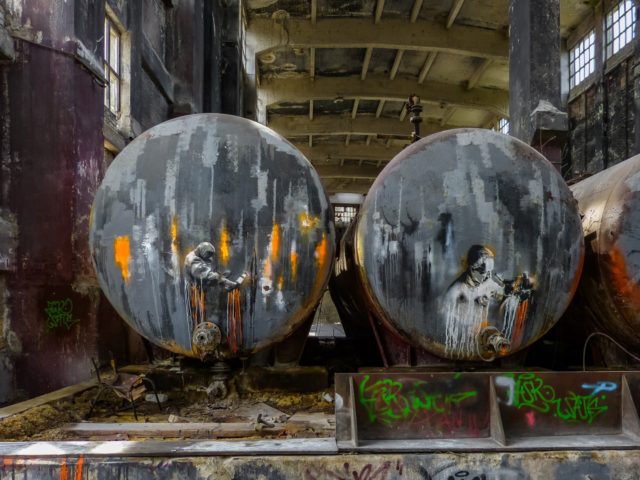
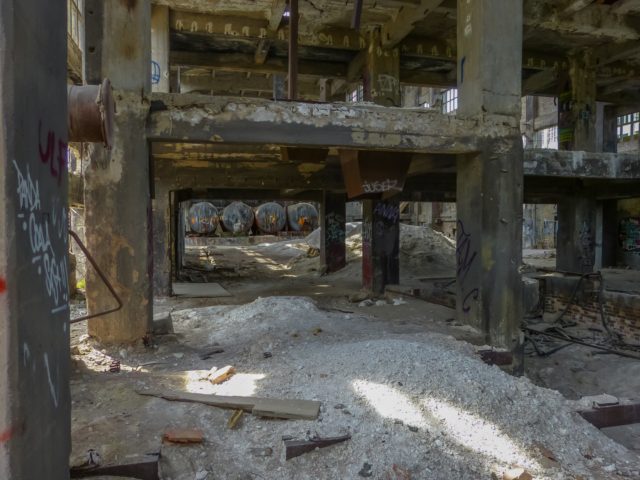
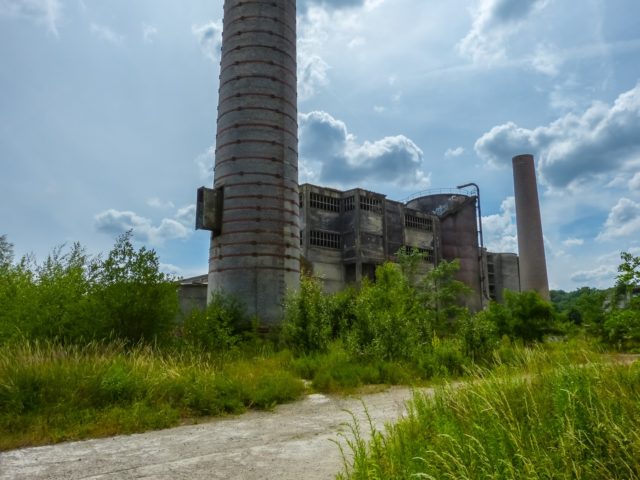
Another Article From Us: Abandoned “Red Star” Train Graveyard
